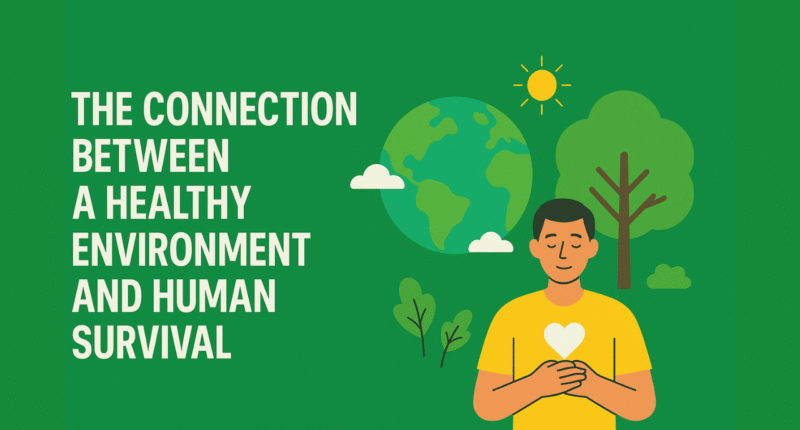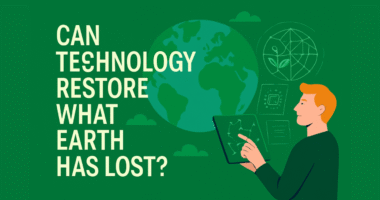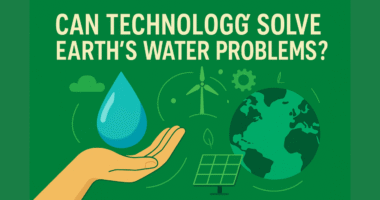Human survival depends on more than technology, food, or shelter—it ultimately depends on the environment we live in. A healthy environment provides clean air, safe water, fertile soil, and stable ecosystems, all of which are essential for life. Unfortunately, climate change, pollution, and deforestation are putting this balance at risk. Understanding the link between a healthy environment and human survival is crucial if we want to ensure a sustainable future.
Why a Healthy Environment Matters
Our health and well-being are directly tied to the condition of our surroundings.
-
Air quality: Clean air reduces respiratory diseases such as asthma and lung cancer.
-
Water access: Safe drinking water prevents deadly illnesses like cholera and dysentery.
-
Food security: Fertile soil and biodiversity are key to growing crops and raising livestock.
Without a healthy environment, these essentials collapse, making survival increasingly difficult.
The Role of Ecosystems in Human Survival
1. Clean Air and Climate Regulation
Forests, wetlands, and oceans absorb carbon dioxide and release oxygen. They regulate the global climate and filter pollutants, keeping our atmosphere safe for breathing. Destroying these ecosystems means losing natural climate control.
2. Freshwater Supply
Rivers, lakes, and underground aquifers are our main water sources. Pollution from plastics, chemicals, and industrial waste threatens these resources, putting billions of lives at risk.
3. Biodiversity and Food Security
Biodiversity supports agriculture by providing pollinators, fertile soil, and pest control. When species disappear, food chains weaken, making human food supplies unstable.
Human Activities Threatening the Environment
While nature supports us, human actions are disrupting the balance:
-
Deforestation removes trees that clean the air and protect biodiversity.
-
Industrial pollution contaminates soil, water, and air.
-
Overconsumption of resources leads to scarcity and waste.
-
Climate change causes extreme weather, rising sea levels, and global health risks.
Example
Air pollution alone causes an estimated 7 million premature deaths annually worldwide. This shows how environmental damage directly impacts human survival.
Technology and Innovation as Solutions
While human activity has caused environmental problems, innovation can also provide solutions.
-
Renewable energy reduces fossil fuel dependence.
-
Waste recycling lowers pollution levels.
-
Smart agriculture helps conserve water and soil.
These steps can restore balance, but they must be combined with lifestyle changes and global cooperation.
Conclusion
The connection between a healthy environment and human survival is undeniable. Clean air, fresh water, fertile soil, and biodiversity are not luxuries—they are the foundation of life itself. Protecting the environment is not just about saving nature; it is about saving ourselves. By embracing sustainability, adopting green technology, and changing harmful habits, we can secure a healthier environment and ensure human survival for generations to come.









